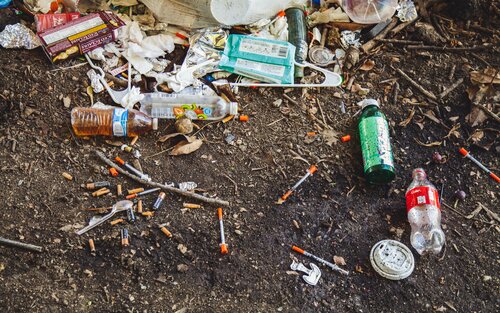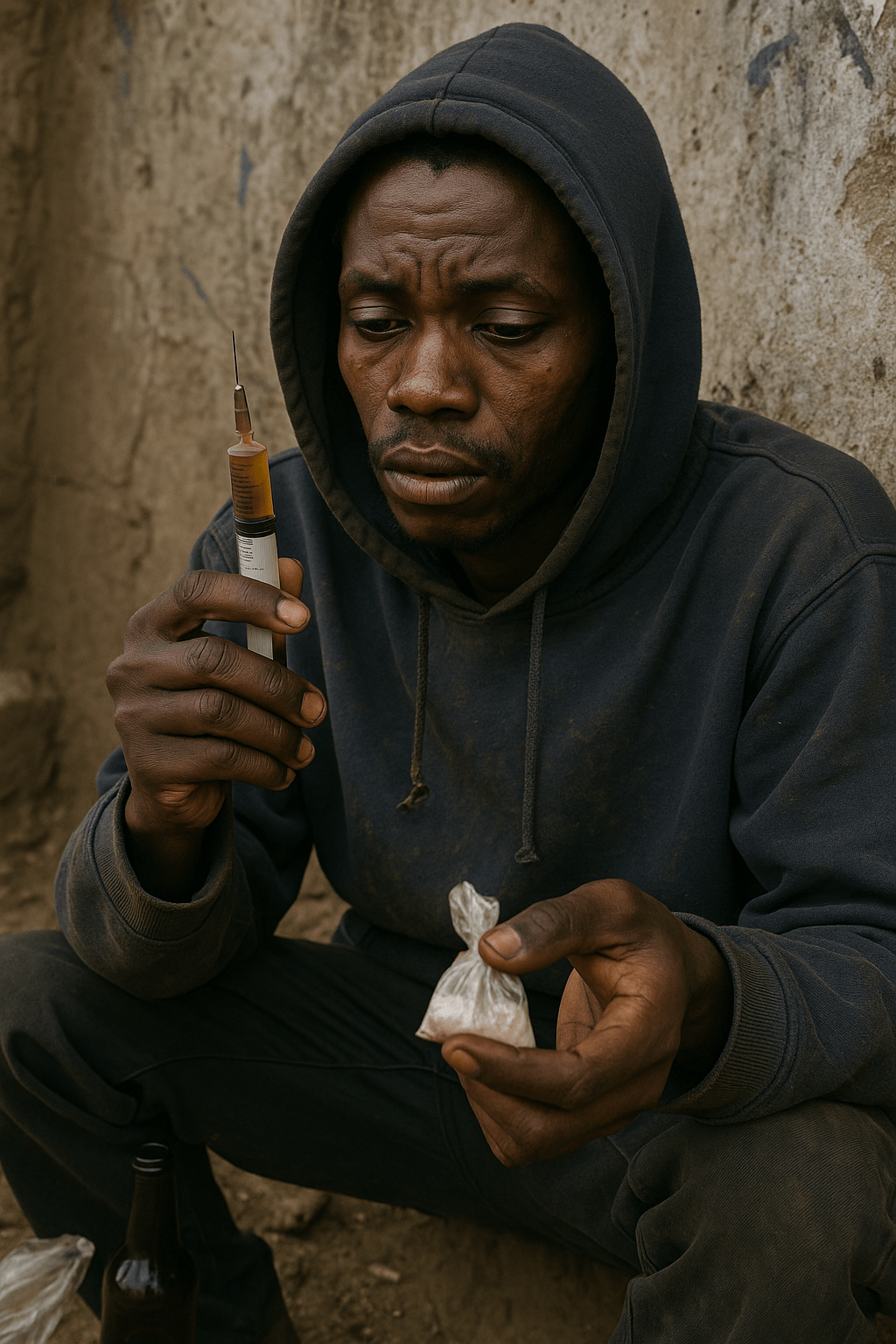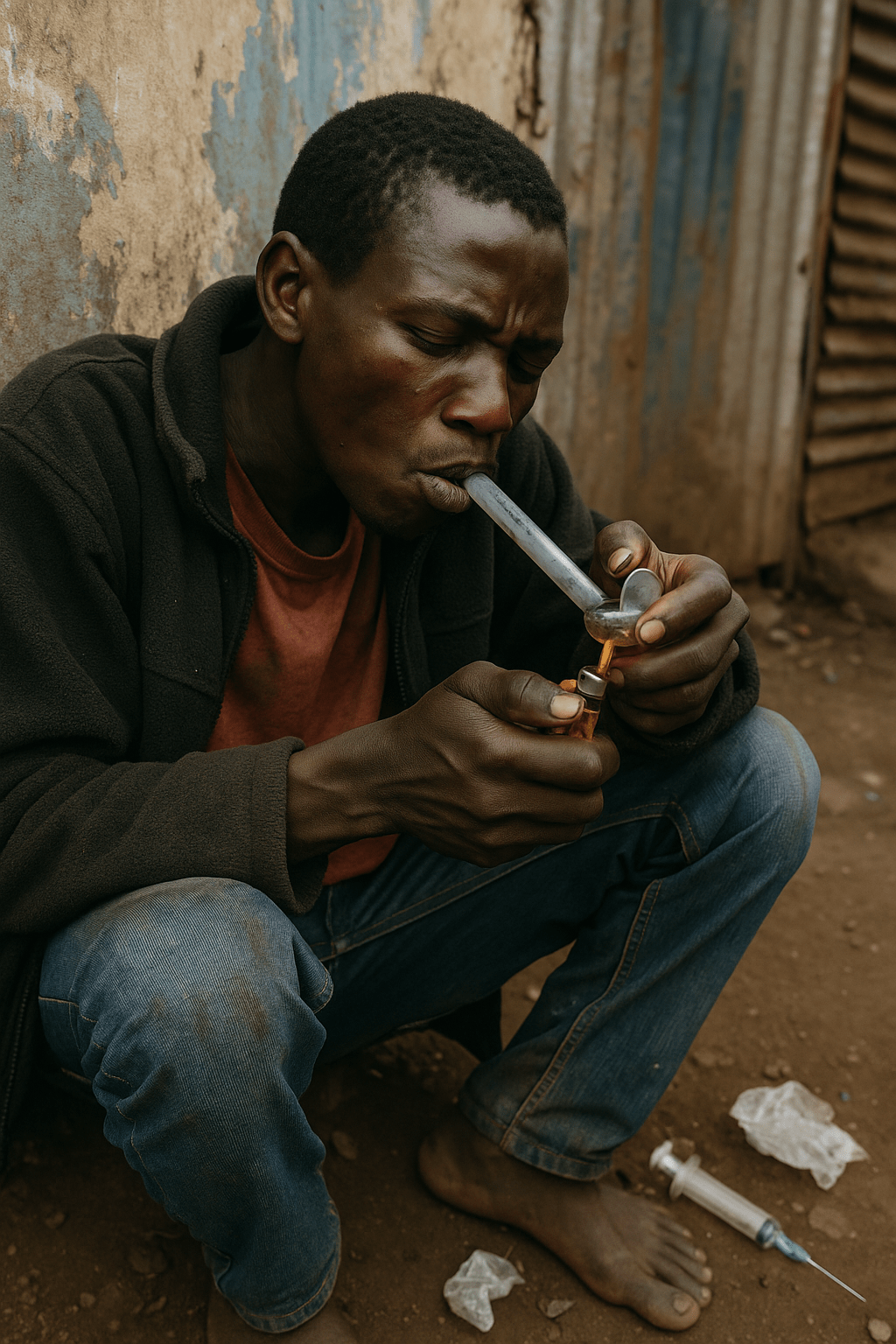Challenges to Prevention and Recovery
In Kenya, individuals recovering from drug and substance abuse often face significant stigma and discrimination, which poses a major barrier to both recovery and reintegration into society. This societal judgment is rooted in widespread misconceptions, moralistic attitudes, and a lack of understanding of addiction as a medical and psychological condition rather than a moral failing
1. Social Perception and Moral Judgment
Many communities in Kenya perceive drug and substance abuse as a result of poor personal choices or a lack of discipline. This moralistic view leads to labeling individuals struggling with addiction as irresponsible, dangerous, or morally corrupt. As a result, those in recovery are often treated with suspicion or disdain, regardless of the progress they've made.
2. Impact on Seeking Treatment.
Fear of being judged or ostracized deters many from openly acknowledging their struggles or seeking professional help. Families may also hide relatives dealing with addiction to avoid shame, further isolating the individual. This contributes to the underutilization of rehabilitation services, especially in rural and traditional communities.
3. Workplace and Institutional Discrimination
People in recovery frequently face discrimination in employment, education, and healthcare settings. Employers may be reluctant to hire individuals with a history of substance use, and healthcare workers may treat them with less empathy or attention. This systemic bias undermines the individual’s confidence and impedes their long-term recovery.
4. Gender-Specific Stigma
Women in recovery face compounded stigma due to cultural expectations around gender roles and purity. A woman who has used drugs may be considered unfit for marriage or motherhood, which leads to deeper marginalization and makes access to gender-sensitive treatment even more difficult.
5. Need for Public Awareness and Policy Support
To combat stigma and discrimination, Kenya needs widespread public education campaigns that reframe addiction as a health issue. Furthermore, national policies should prioritize the protection of the rights of individuals in recovery, ensuring they can access treatment, education, and employment without fear of prejudice.
- Limited Resources: Shortage of rehab centers, qualified counselors, and long waiting lists for treatment.
- Lack of Public Awareness: Although campaigns exist, there is still a need for more extensive, targeted efforts, especially in rural areas.
- Cultural Acceptance: The normalization of alcohol use in social settings and the lack of serious conversations about the dangers of drug use.
- Youth Unemployment: The lack of job opportunities contributes to a higher risk of drug abuse, especially in urban slums.
What needs to be done?
Collaboration Between Stakeholders in Tackling Drug Abuse in Kenya.
Addressing drug and substance abuse in Kenya requires a multi-sectoral approach that brings together various stakeholders — including the government, schools, families, and communities. Each group plays a unique and essential role, and their coordinated efforts are critical to creating a sustainable and effective response.
1. Government: Policy, Regulation, and Resource Allocation.
The government holds a central role in setting the legal and policy framework necessary to combat drug abuse. Through agencies like NACADA (National Authority for the Campaign Against Alcohol and Drug Abuse), the government can:
- Develop and enforce regulations to control the availability and distribution of drugs.
- Fund rehabilitation centers and increase access to affordable treatment.
- Support public education campaigns to raise awareness about the dangers of drug use.
- Coordinate national strategies that involve other sectors in prevention and recovery efforts.
2. Schools: Prevention Through Education.
Schools are key environments for early intervention. Through the Ministry of Education and school administrations, institutions can:
- Integrate comprehensive drug education into the curriculum to inform students about the risks and consequences.
- Train teachers to identify signs of drug abuse and respond appropriately.
- Establish peer mentorship programs and school-based counseling services.
- Promote extracurricular activities to engage youth positively and reduce the allure of substance use.
3. Families: Early Detection and Emotional Support.
Families are often the first line of defense in preventing drug abuse. Strong family support systems can:
- Provide early detection of behavioral changes or warning signs.
- Offer emotional and moral support to individuals struggling with addiction.
- Engage in open communication with children about the dangers of drug use.
- Participate in family-based therapy programs during rehabilitation to aid in recovery and reintegration.
4. Communities: Grassroots Mobilization and Reintegration
Communities play a vital role in both prevention and the reintegration of recovering individuals. Local initiatives can:
- Organize community awareness campaigns and outreach events.
- Establish safe spaces and support groups for those in recovery.
- Involve religious and cultural leaders to combat stigma and promote healing.
- Facilitate community policing efforts to monitor and reduce drug-related crime and trafficking.
5. The Importance of Synergy
No single stakeholder can combat drug abuse alone. Collaboration ensures that:
- Resources are shared, preventing duplication of efforts.
- Messages are consistent, reinforcing prevention and treatment goals.
- Follow-up and support systems are in place after rehabilitation.
- Policies reflect real-world challenges by incorporating feedback from all levels of society.
By fostering a united front, Kenya can strengthen its fight against drug abuse, reduce the stigma surrounding addiction, and build healthier communities for future generations.
Conclusion.
In Kenya, drug usage continues to be a serious social and public health concern that impacts people individually, in families, and in communities all around the nation. Although the government, non-governmental organizations, and grassroots groups have achieved significant progress in prevention and rehabilitation, long-term improvement requires a coordinated strategy.
To stop this problem, it is imperative to educate young people, enforce stronger laws, support mental health programs, and encourage candid community discussions. Together, we can create a future where everyone in Kenya has the resources they need to prosper without being controlled by substance misuse, and where making healthy decisions is not only possible but also encouraged.




